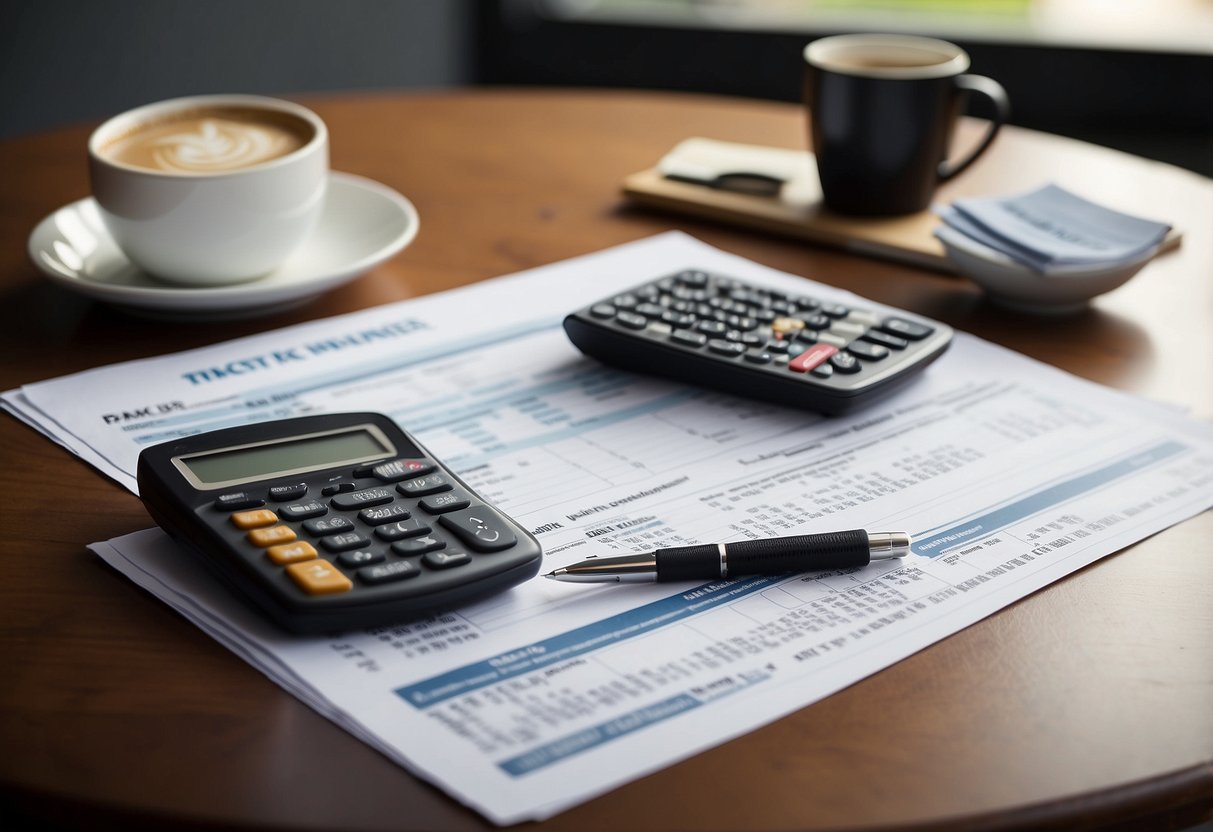
Spreadsheets
Spreadsheets offer a customizable way to track expenses. Programs like Microsoft Excel and Google Sheets allow users to create personalized budgeting templates tailored to their financial needs. Spreadsheets can be simple or complex, depending on the user’s proficiency with the software.
For basic use, inputting income and expenses into a simple table can suffice. Formulas can automate calculations of totals and remaining balances. More advanced users might create dynamic charts to visualize spending patterns over time.
Google Sheets is particularly valuable for its cloud-based nature, enabling access and collaboration from any device with an internet connection. Spreadsheets offer flexibility and control, making them suitable for those who prefer a hands-on approach to budgeting without relying on automated tools.
Traditional Paper and Pen
Using paper and pen remains a viable method for those who appreciate a tangible approach to budget tracking. This method involves manually recording all income and expenses in a notebook or ledger. It suits individuals who prefer a more direct and tangible way of managing their finances.
This approach allows for a personalized and manual system. Users can design layouts and formats that best fit their needs. While it lacks automation and digital convenience, the act of physically writing transactions can enhance one’s mindfulness of spending habits.
A downside includes the lack of real-time updates and potential for human error in calculations. However, it might appeal to individuals seeking simplicity and direct interaction with their financial data.
Analyzing Your Spending Patterns

By closely examining spending habits, individuals can identify opportunities to save money and prioritize essential expenses.
Categorizing Expenses
Categorizing expenses involves grouping spending into distinct categories. Common examples include housing, utilities, transportation, groceries, entertainment, and dining out. Keeping detailed records of every expense helps in creating these categories.
Digital tools and apps can automatically classify transactions, making this process simpler. For those who prefer manual tracking, spreadsheets can be effective. Regularly updating and reviewing these categories allows one to spot trends and make informed financial decisions.
Identifying Non-Essential Spending
Identifying non-essential spending requires scrutinizing each expense to determine its necessity. This includes looking at discretionary purchases such as dining out, entertainment, and luxury items. Cutting back on these can free up funds for savings or essential expenses.
Tracking these non-essential expenses over time reveals patterns that might not be obvious from monthly statements. This can highlight areas where spending can be reduced, helping individuals to stay within budget and meet financial goals.
Building a Savings Plan
Creating a robust savings plan is crucial for financial stability. This involves setting clear savings targets and automating the savings process to ensure consistency.
Setting Savings Targets
Setting savings targets helps individuals identify specific financial goals, whether it’s for an emergency fund, a vacation, or retirement.
They should start by identifying both short-term and long-term goals. For example, short-term goals might include saving for a new gadget, while long-term goals could be geared towards purchasing a home.
Breaking down goals into monthly or weekly targets can make them more manageable. Using a dedicated savings account for each goal can also help in tracking progress and staying motivated.
Automating Savings
Automating savings removes the need for manual transfers, ensuring that money is consistently set aside without extra effort.
Different banks and financial institutions offer automatic transfer options from checking to savings accounts. Setting up these transfers to coincide with paydays can streamline the process.
Utilizing apps that round up purchases to the nearest dollar and save the difference can also boost savings effortlessly. Such strategies can help build a sizable savings fund over time without feeling the pinch in daily spending.